Written by: Griffiths & Armour on: 12 May 2020
Legionella Warning: Guidance for your Business
As thoughts begin to move to relaxations of the current lockdown rules and for some, a return to their normal place of work, all business owners, employers and those duty-holders in control of premises and / or with health and safety responsibilities should now begin to consider and formulate a plan for re-commissioning water systems to ensure that they are safe and free from the risk of Legionella contamination ahead of start-up.
Where a building, part of a building or water system has been mothballed during the current lockdown, legionella controls may have been relaxed. The mothballing procedures should ensure that microbial growth, including legionella in the water is adequately controlled. In general, water systems are left filled to prevent biofilm developing, as well as reducing the potential for joint failures and corrosion.
It should be assumed that there will be a greater level of bacteria and biofilm present within water systems than normal, and so suitable precautions need to be taken, such as minimising employee exposure, limiting aerosol, and provision of appropriate respiratory protective equipment (RPE). Here are three specific areas that should be considered as part of a broader risk assessment being implemented ahead of start-up:
1. Flushing
As a minimum, hot and cold-water systems should be thoroughly flushed with fresh mains water. Systems incorporating tanks, calorifiers, showers and complex pipework will require more extensive flushing, followed by cleaning and disinfection. During flushing all valves should be operated in the fully open position so that any particulate matter can be flushed through. Valves may need to be removed in some instance to ensure flushing is effective.
2. Cleaning and Disinfection
A single simple disinfection (50ppm of chlorine for an hour) may not be adequate, and further disinfection may be required. It is important to monitor the decrease in disinfection over the course of the contact time.
3. Sampling
It is important to confirm and evidence that recommissioning has been completed safely. HSE guidance suggests samples should be taken 2-7 days following recommissioning and not on the day of disinfection. Follow up samples may need to be considered as part of the recommissioning plan.
Do you have any questions or require additional support?
If you have any questions regarding this article or other risk management or insurance related matters, please get in touch with us and we will be happy to answer any questions you have. If you are a Griffiths & Armour client, you can already get access to more guidance and helpful documents including risk assessment templates by logging into your RMworks risk management online platform.
If you would like a copy of the HSE Guidance on the control of legionella bacteria in hot and cold water systems please click here








